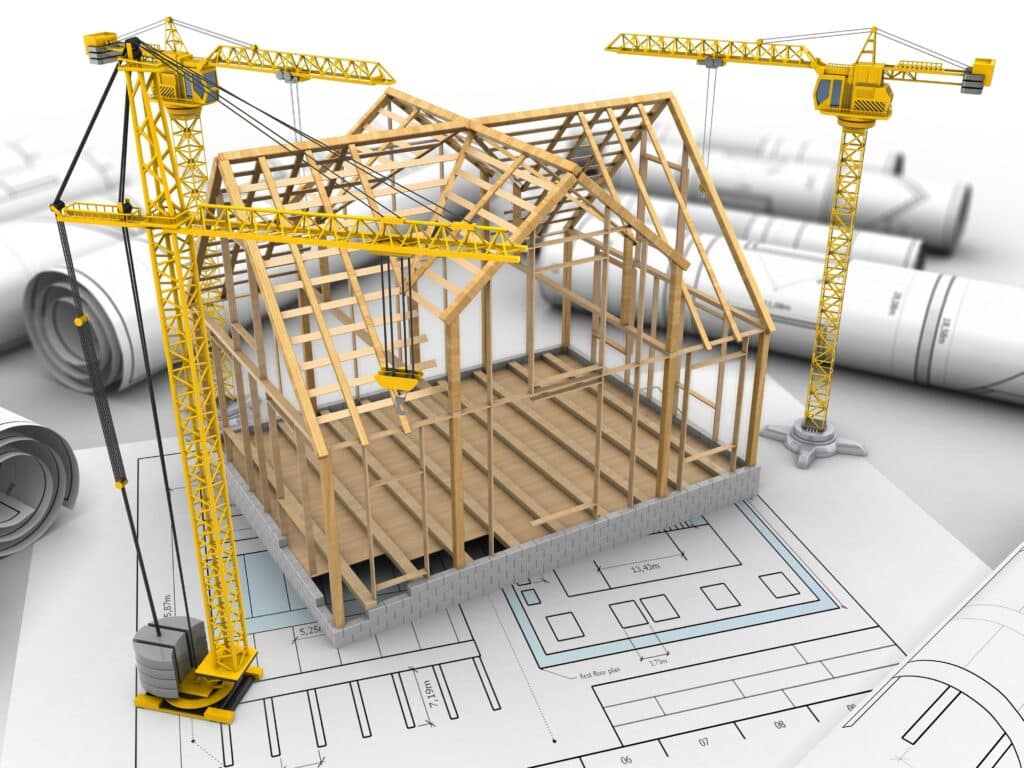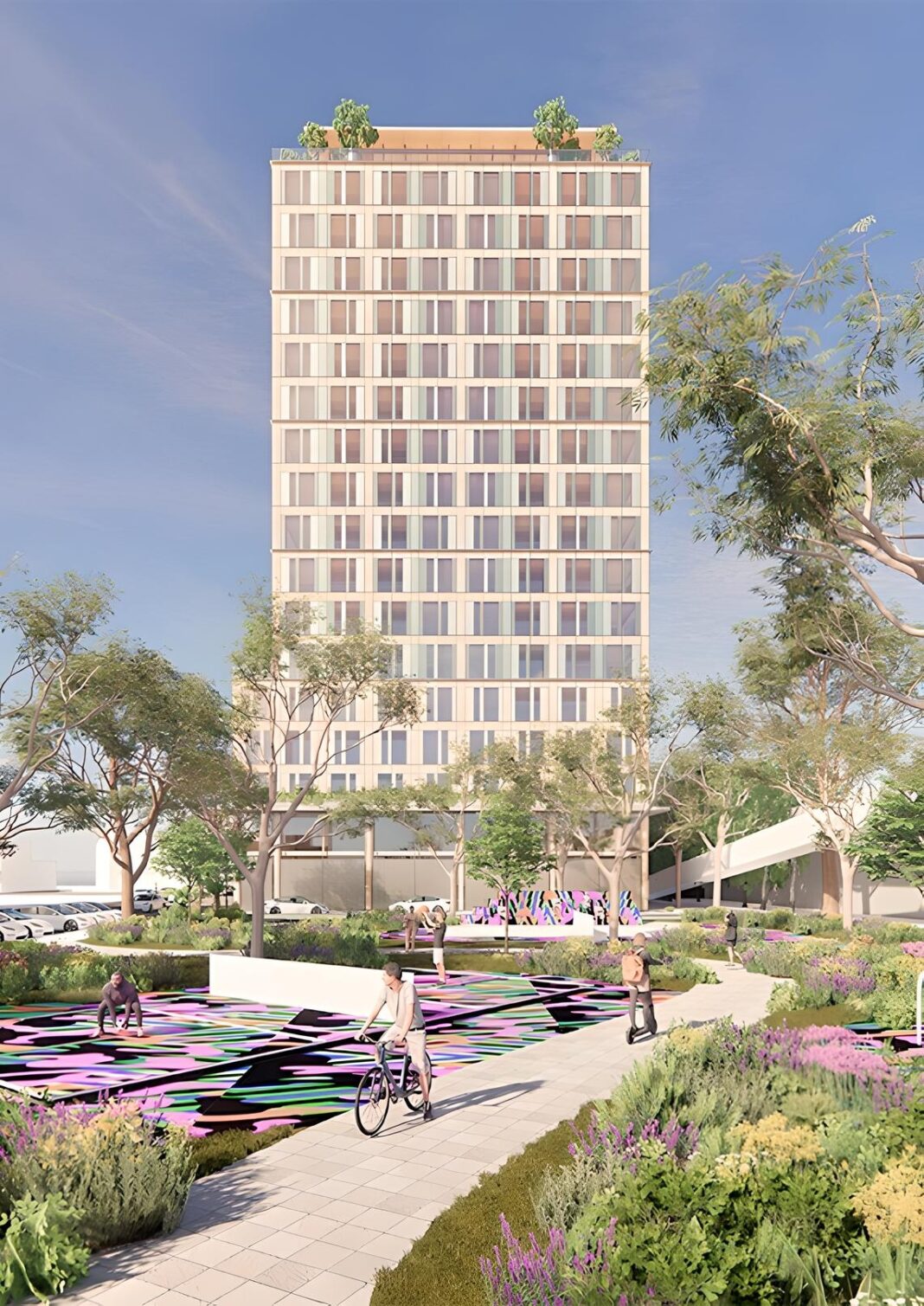Melbourne is growing upwards before it grows outward, with the Victorian Government greenlighting plans to construct taller residential buildings in up to 50 “activity areas” with “gentler, scaled height limits” and low-rise apartments further back.
That is according to Victorian Premier Jacinta Allen, who yesterday announced plans for the first 25 zones—primarily located in Melbourne’s southeast along the Sandringham, Frankston, and Glen Waverley train lines—with the remaining 25 to be announced before the end of the year.
“Too many blockers have stopped younger Victorians getting into their homes,” Premier Allan said. “What we are announcing here today is the start of that consultation process that will guide us street by street, community by community.”
Premier Allan estimates that the zones would lead to 300,000 more dwellings in the Melbourne metropolitan area by 2051 with the announcement of an extension of a pilot programme – announced in February – which saw higher-density development areas established in Broadmeadows, Camberwell, Chadstone, Epping, Frankston, Moorabbin, Niddre, North Essendon, Preston and Ringwood.

Faster & Lighter: Is Timber Key to Melbourne’s Housing Plan?
The new centres are a key part of Victoria’s Housing Statement—The Decade Ahead 2024-2034, which targets 80,000 new houses every year, including a mix of low-rise, mid-rise, and high-rise delivered through an Affordability Partnership with the housing industry.
Under the plan, Melbourne’s housing commission towers will be torn down, low-grade city office blocks will be transformed into apartments, and government land will be sold off as the state grapples with a population that adds 126,000 new residents every year.
In August, Jeroen Weimar, Victoria’s Deputy Secretary of Housing Implementation from the Department of Premier and Cabinet, spoke to Timber Construct – Australia’s largest timber construction conference – spoke of the opportunity for mass timber (in mid-rise and high-rise apartments) and timber framing (for low-rise dwellings) to meet targets.

According to Dr Alaister Woodard, who last week published Steps Towards a Greener Future: Progress Toward Net Zero, a report tackling the opportunities to build millions of low-carbon dwellings Australia-wide: “It is recognised that ‘more building’ means ‘more emissions’, but it is also acknowledged that reducing carbon emissions in the built environment will be fundamental in Australia reaching its net zero target.”
“Wood products can be used as the primary structural / construction material in many of these new dwellings to enable a reduction in GHG emission impacts: lightweight framing for detached dwellings and low-rise buildings mass timber solutions for mid-rise apartment buildings,” he said.
New timber systems to drive build-to-rent models?
Last month, Wood Central revealed that MODEL – one of Australia’s newest and most ambitious property developers now tackling social and affordable housing – was looking to use cross-laminated timber systems as a springboard to build 5,000 new apartments across Melbourne.
MODEL is Australia’s first purpose-first build-to-rent development group -now looking to “flip the script on old ways of living and being” – which last year developed a White Paper, “Tomorrow’s Too Late, the case for regenerative decarbonisation in the Australian built-to-rent industry.”
“We bring a bold voice to rental housing by playing in a largely unexplored space: the intersection of socially and environmentally responsible housing,” according to MODEL. “Our projects – designed for Passive House certification, with mass timber construction, and a 6 Green Star rating – are poised to set a global benchmark in reducing emissions.”
“By integrating our three core pillars—Passive House Certification, Mass Timber Construction, and a 6 Star Green Star Rating—we are actively contributing to a future where buildings reduce emissions and enhance the well-being of both people and the planet.”
- To learn more about Victoria’s plans to build more than 800,000 new dwellings over the next decade, click here to download the Victorian Government’s Housing Statement.






